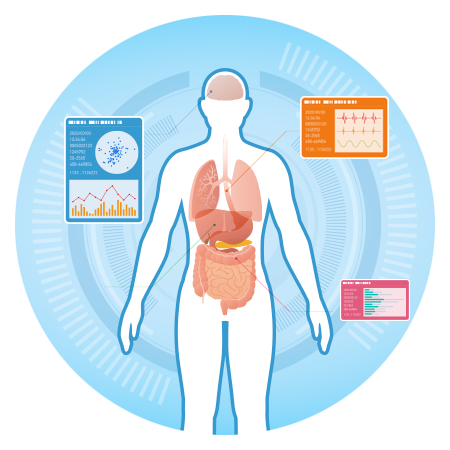Module 3: Assessment
Lesson 3
Goals of care
Goals of insomnia treatment include reduction of symptoms, improvement of daytime function, and reduction of distress. Treatment outcomes can be monitored longitudinally with clinical evaluation, questionnaires, and sleep logs.
Primary goals
- Improvement in sleep quality
- Improvement in day time impairments
Other Goals
- Improvement in insomnia symptoms
- SOL <30 min
- WASO <30 min
- Decreased #awakenings/sleep complaints
- TST >6 hours and/or sleep efficiency >80%–85%
- Formation of positive and clear associations between bed and sleeping
- Improvement in sleep related psychological distress
Reference:
- Schutte-Rodin, S., Broch, L. Buysse, D., Dorsey, C., & Sateia, M. (2008). Clinical Guideline for the Evaluation and Management of Chronic Insomnia in Adults. Journal of Clinical Sleep Medicine, 4(5), 487–504.
Summary
Controlled drugs and substances are not a standard treatment for insomnia. Patients complaining of sleep related symptoms, however, may have previously been prescribed a controlled drug such as a benzodiazepine. Assessment, therefore, incorporates screening for a substance use history and for a higher risk for addiction.
Learning activity and reflection
Match the insomnia diagnosis (sleep disorder, primary insomnia, comorbid insomnia) with the appropriate conditions/symptoms.
| Diagnosis | Condition |
|---|---|
| Sleep disorders | circadian rhythm disorders |
| Sleep disorders | obstructive sleep apnea |
| Sleep disorders | restless legs or periodic limb movements during sleep |
| comorbid insomnia | Related to psychiatric disorder |
| comorbid insomnia | Drug/substance related |
| primary insomnia | Psychophysical |
| primary insomnia | Idiopathic |
| primary insomnia | Paradoxical |
